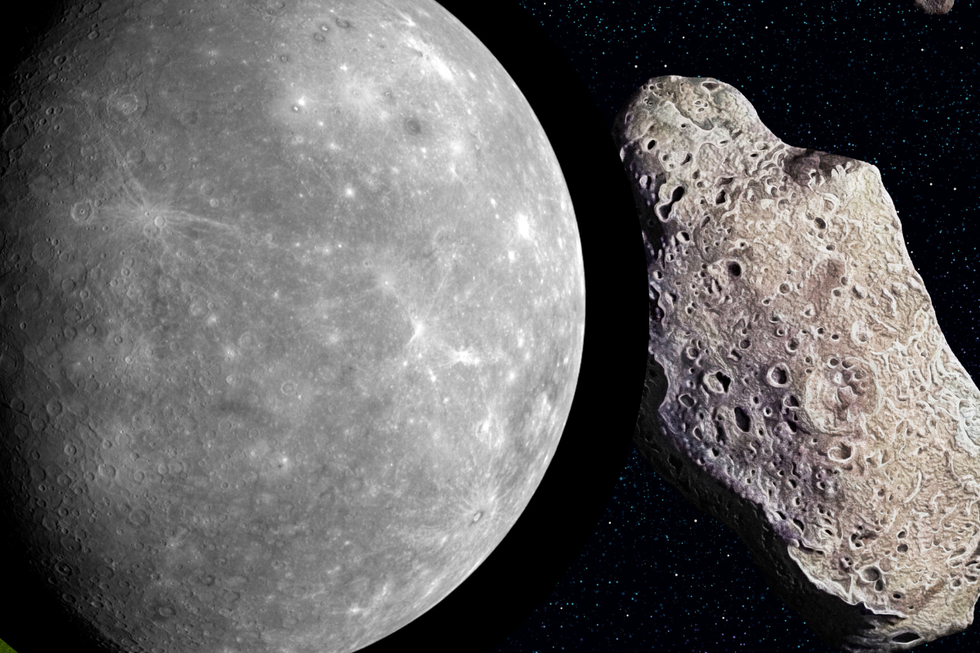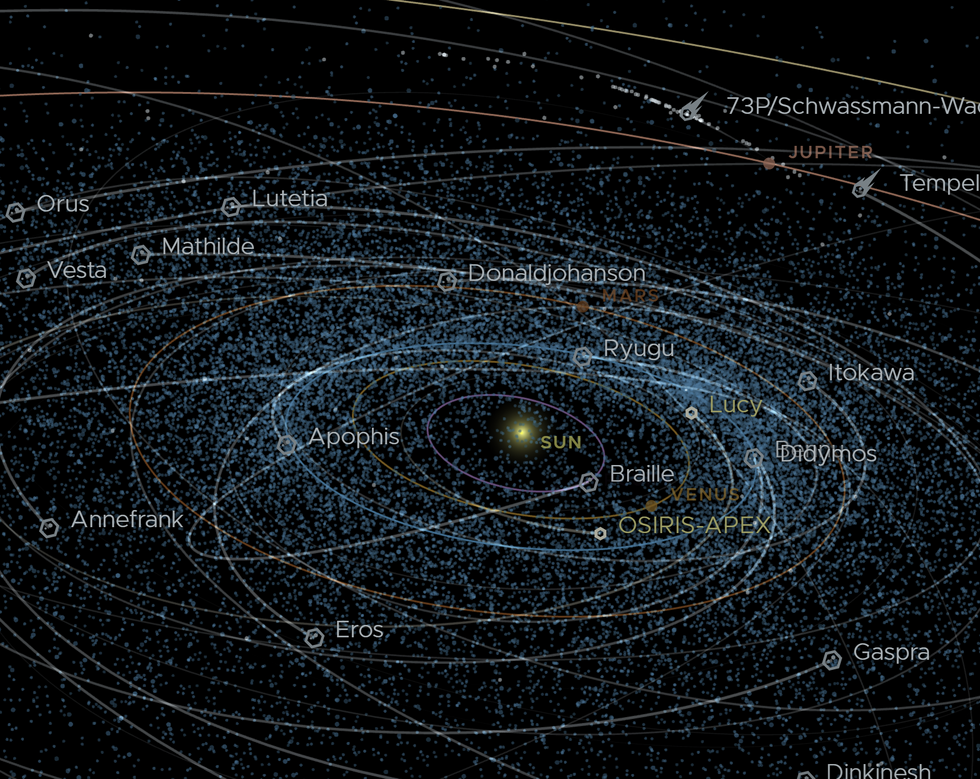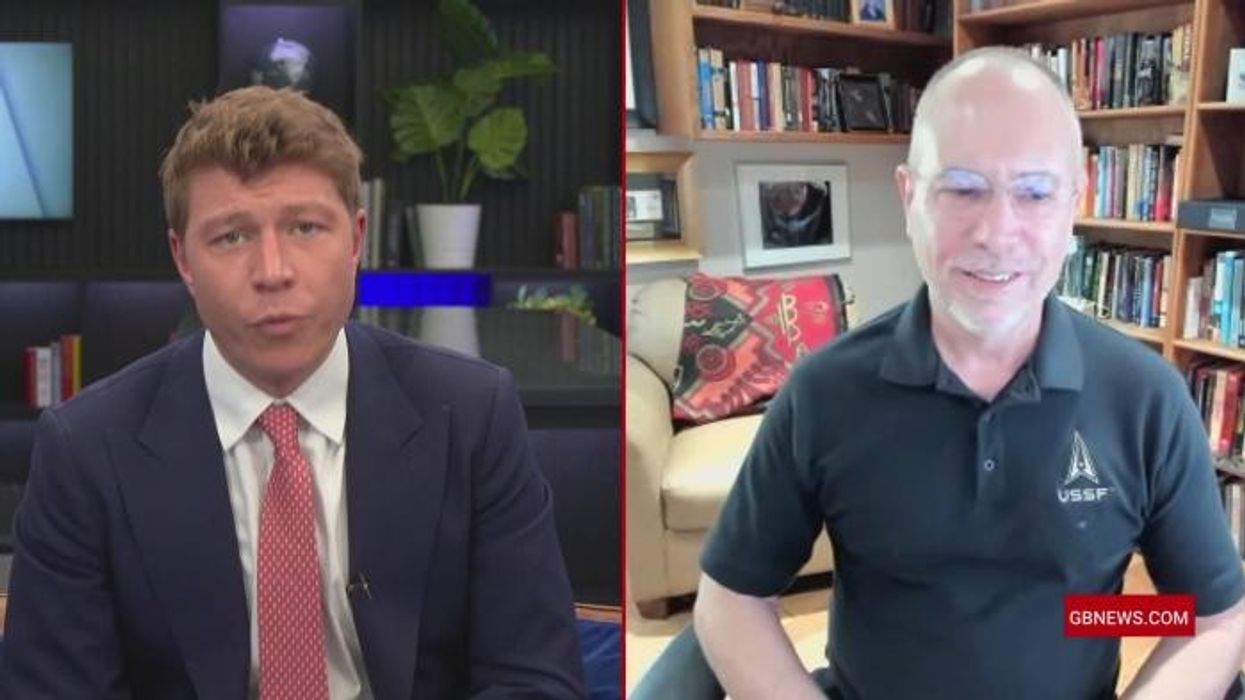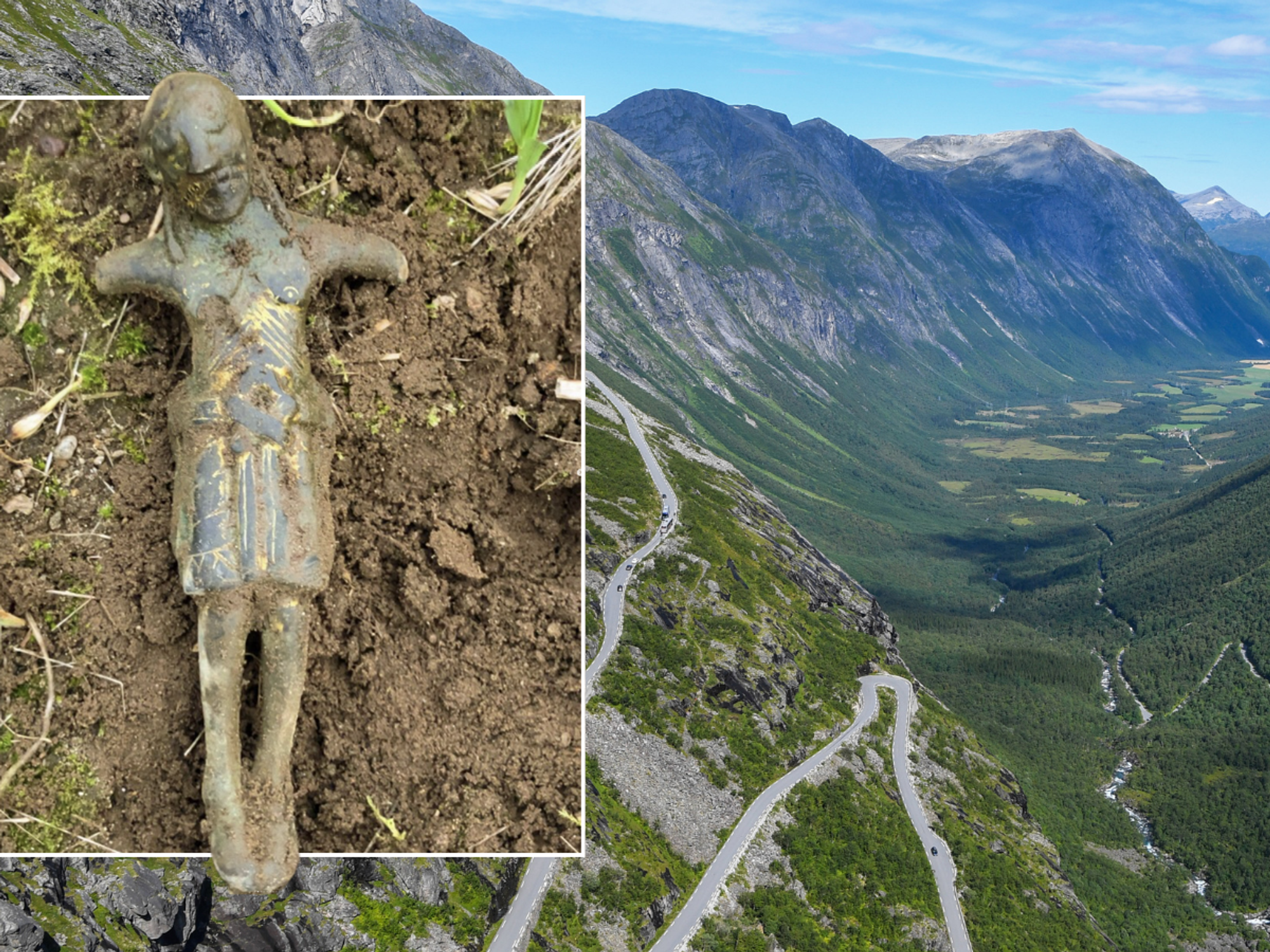Earth has a hidden SECOND MOON - but it's about to disappear for good
Scientists have forecast that the asteroid - otherwise known as a mini-moon - could return in 2055
Don't Miss
Most Read
Earth gained a hidden second moon over the weekend, although it is set to disappear in several weeks.
Nearing the end of September, Earth identified a small asteroid - 2024 PT5 - which was classified as a temporary mini-moon in space.
Earth occasionally acquires an extra asteroid from time to time, which is found to orbit the planet for a short period.
Astronomer at the Massachusetts Institute of Technology (MIT) Richard Binzel shared his insight into the marvellous cosmic event, saying "These happen more often than we think, but they’re small and tough to spot."

These phenomena are generally hard to spot (Stock)
|GETTY
"Only lately have our telescopes become powerful enough to catch them regularly."
Adding that these asteroids improve the current knowledge of objects that travel near Earth which could be significant for future space missions, he added: "These temporary captures are natural cosmic laboratories."
In August, a research team from the Complutense University in Madrid identified the mini-moon through a scientific telescope in South Africa.
However, NASA was ahead of the game, noting 2024 PT5 through their Asteroid Terrestrial-impact Last Alert System (ATLAS) in Hawaii on August 7.
LATEST COSMIC NEWS:
The cosmic find set astronomical circles abuzz since it provided researchers with a chance to understand more about the nature of near-Earth objects.
The majority of asteroids find themselves along an orbit that sends them around the sun, although the gravitational pull from Earth can sometimes be strong enough to drag them nearer our planet.
This specific asteroid came from the Arjuna asteroid belt, which has cosmic rocks that generally follow a similar path to Earth's, getting as close as 2.8 million miles away.
However, as a result of its size and composition of dull rock, amateur enthusiasts will not be able to see the mini-moon, even with binoculars or a standard telescope.

As a result of the asteroid's size and composition of dull rock, amateur enthusiasts will not be able to see the mini-moon, even with binoculars or a standard telescope
|NASA/JPL
However, these visits are often very fleeting - they later break free and continue along their original journey through space.
Planetarium Director and Astronomy Instructor at Mt. Hood Community College William Blackmore explained why this phenomenon was so special, saying: "All mini-moons are unique in their own way.
"This one isn't different from others except that it's the most recent."
The new mini-moon is set to depart in approximately two weeks around mid-November.











